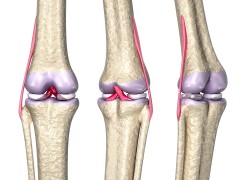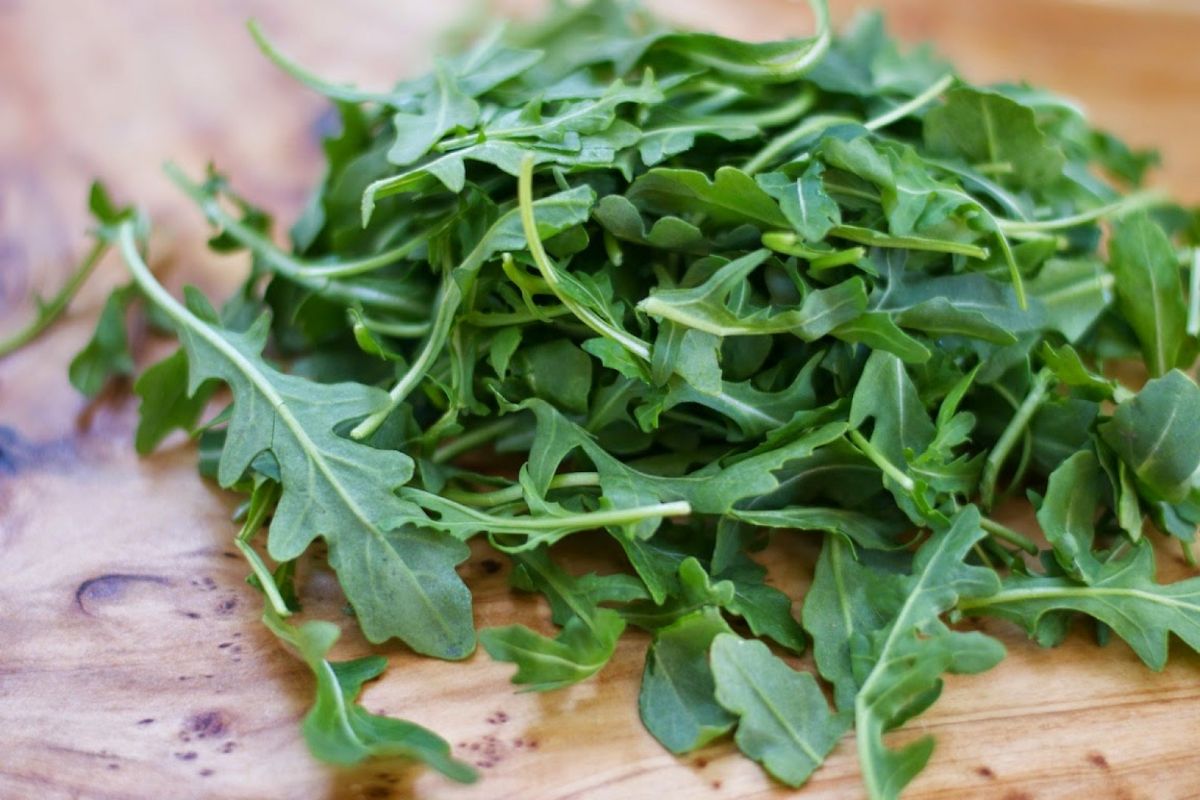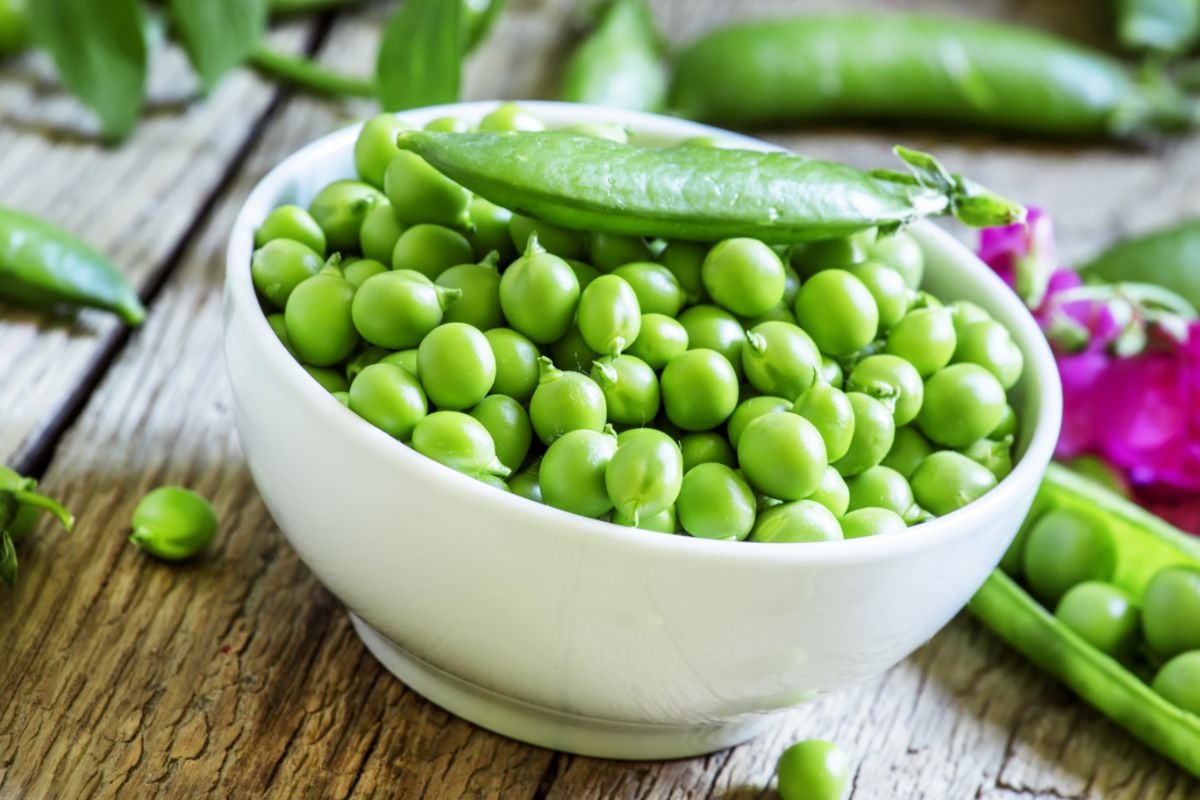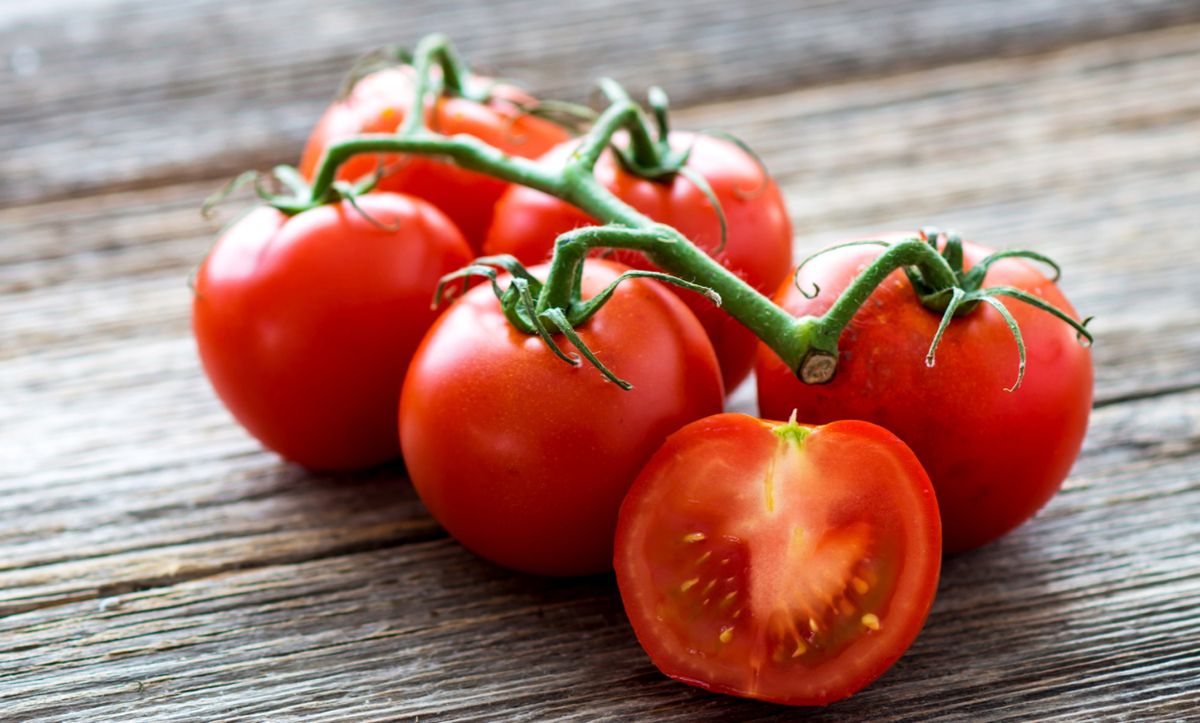8 health benefits of spinach and contraindications
Spinach is an extremely healthy green that contains valuable vitamins, minerals and antioxidant substances. The plant began to be grown before our era and was widely used in medicine at that time.
According to modern scientists, eating spinach strengthens the health of the cardiovascular system, improves vision, supports bone strength, and is also a means of preventing the development of bronchial asthma and malignant neoplasms.
Content
How it is useful – 8 theses
Below are the main theses about the benefits of spinach, which have scientific confirmation.
1. Rich composition

Spinach has a low energy value (about 23 calories per 100 grams) and contains the following substances:
| Component Name | The content in 100 grams of greens |
| water | 91 % |
| proteins | 2.9 grams |
| carbohydrates | 3.6 grams |
| sugar | 0.4 grams |
| dietary fiber | 2.2 grams |
| fats | 0.4 grams |
Most carbohydrates are represented by fiber, which extremely useful for the health of the digestive system and the whole body.
Spinach also contains important vitamins, macro- and microelements that determine its beneficial properties:
- Vitamin A. Is formed during the transformation of beta-carotene in the human body. It is important for the normal course of metabolic processes and maintaining the functioning of the visual organs.
- Vitamin C. Normalizes the functional Immune system activity , improves the aesthetic properties of the skin.
- Vitamin K. Is responsible for blood clotting.
- Folic acid (vitamin B9). Is extremely useful for pregnant women, as it prevents the formation of malformations of the neural tube of the fetus, regulates the processes of cell differentiation.
- Iron. A macronutrient is required for Hemoglobin synthesis is the main oxygen carrier in the human body.
- Calcium. Regulates the conduction of nerve impulses, is one of the main structural elements of bone tissue.
The plant also contains a lot of antioxidant and other substances necessary for the human body:
- Lutein. Improves the health of the organs of vision.
- Kaempferol. Reduces the risk of developing malignant neoplasms and various chronic pathologies.
- Nitrates. Reduce blood pressure and prevent the development of cardiovascular complications.
- Quercetin. Inhibits chronic inflammation, prevents the development of type II diabetes mellitus.
- Zeaxanthin. is required for adequate color perception by the retina of the eye.
2. Antioxidant effect
 Proven
that free radicals formed during the course of metabolic processes cause oxidative stress, which is a risk factor for the development of malignant neoplasms, type II diabetes mellitus, atherosclerosis and accelerated aging of the body as a whole.
Proven
that free radicals formed during the course of metabolic processes cause oxidative stress, which is a risk factor for the development of malignant neoplasms, type II diabetes mellitus, atherosclerosis and accelerated aging of the body as a whole.
The leaves of the plant contain a number of antioxidants that help reduce the negative effects of oxidative stress.
For example, scientists from Austria installed that spinach protects the DNA of all body cells from damage during oxidative stress and reduces the likelihood of cancer manifestation.
Korean specialists discovered that the plant prevents the destruction and disruption of liver cells.
3. Maintaining eye health
 Spinach contains lutein and zeaxanthin – important carotenoids, the presence of which in the body has a beneficial effect on the ophthalmic apparatus.
Spinach contains lutein and zeaxanthin – important carotenoids, the presence of which in the body has a beneficial effect on the ophthalmic apparatus.
According to the data studies conducted in the USA, zeaxanthin and lutein protect the eyes from the negative effects of solar ultraviolet radiation, reduce the risk of burns.
Also installed that these substances prevent age-related macular degeneration and cataracts. The described pathologies are the main cause of vision loss.
Scientists from the USA even fixed reverse development of degenerative changes observed in cataracts, against the background of regular consumption of spinach.
4. Cancer prevention
 Recent scientific studies demonstrate that spinach can not only reduce the risk of malignant transformation of body cells, but also cause the reverse development of tumors.
Recent scientific studies demonstrate that spinach can not only reduce the risk of malignant transformation of body cells, but also cause the reverse development of tumors.
Japanese specialists discovered that the substances contained in the vegetable inhibit enzymes in cancer cells, slow down reproduction and, ultimately, cause their death. Efficacy against tumors of the cervical epithelial tissue was noted.
American Experts revealed there is a direct relationship between high levels of spinach consumption and low incidence of prostate cancer in men and breast cancer in women.
Animal experiments show that the plant is also effective for the prevention of malignant tumors of the colon and rectum.
5. Lowering blood pressure
 Spinach contains a huge amount of nitrates – compounds that locally affect the smooth muscles of arterial vessels, causing its relaxation. As a result, the overall peripheral resistance decreases and blood pressure drops.
Spinach contains a huge amount of nitrates – compounds that locally affect the smooth muscles of arterial vessels, causing its relaxation. As a result, the overall peripheral resistance decreases and blood pressure drops.
Research by Australian scientists discovered that spinach not only significantly reduces blood pressure (the use of the plant can be used to treat grade 1 hypertension with a low cardiovascular risk), but also reduces the likelihood of developing many diseases of the heart muscle.
Similar information lead Japanese scientists. They claim that the maximum antihypertensive effect is observed 4 hours after eating spinach and persists for about 6-7 hours.
It is recommended to use spinach for the prevention of development, as well as for the treatment of hypertension in the early stages of development, when there is still no damage to target organs (heart, kidneys, brain) or associated clinical conditions (myocardial infarction, stroke, etc.).
6. Diabetes mellitus control
 The plant contains alpha-lipoic acid, an antioxidant substance that causes a decrease in blood glucose concentration by increasing the sensitivity of peripheral tissue receptors (muscle and fat) to insulin.
The plant contains alpha-lipoic acid, an antioxidant substance that causes a decrease in blood glucose concentration by increasing the sensitivity of peripheral tissue receptors (muscle and fat) to insulin.
It is the decrease in sensitivity of insulin receptors that is the main cause of the development of diabetes mellitus. The higher the age of a person, the more likely the formation of this deviation from the glycemic background.
Scientists from Bosnia and Herzegovina proved that alpha-lipoic acid can be used not only for the prevention of the development and additional control of type II diabetes mellitus, but also for the treatment of complications of this disease (for example, diabetic polyneuropathy).
7. Preventing the development of asthma
 Fresh spinach is a valuable source of beta-carotene.
Fresh spinach is a valuable source of beta-carotene.
According to the data Studies conducted in Saudi Arabia, beta-carotene reduces the risk of asthma in children. The exact mechanism of action of the plant is not fully understood.
Spinach also helps to alleviate the symptoms of bronchial asthma, reduce the frequency of exacerbations and even transfer diseases to the "dormant" stage.
8. Maintaining bone health
 Spinach is a potential source of a large number of nutrients needed for maintaining bone strength
.
Spinach is a potential source of a large number of nutrients needed for maintaining bone strength
.
For example, how claim Italian scientists, vitamin K in spinach increases the bioavailability of calcium (increases absorption in the intestine), and also prevents its leaching from bone tissue.
In addition, fresh spinach itself contains a lot of calcium, which is extremely important for building new areas of bones.
Regular consumption of vegetables leads to a slowdown in the age-related decrease in bone mineral density and the prevention of pathological fractures. The effect is especially important for the elderly, as well as for women after menopause.
Harm and contraindications
 Despite all the medicinal properties, in some situations, eating spinach can be harmful to health. The most common side effects and contraindications of spinach are discussed below:
Despite all the medicinal properties, in some situations, eating spinach can be harmful to health. The most common side effects and contraindications of spinach are discussed below:
- Formation of stones in the lumen of the urinary tract. Spinach is rich in calcium and oxalates. These components, when used excessively, are involved in the formation of concretions. If there is a history of urolithiasis, spinach is contraindicated.
- Thrombotic and thromboembolic complications. Spinach is a source of vitamin K, which increases blood clotting. Therefore, it is not necessary to include vegetables in the diet during treatment with thrombolytics, antiplatelet agents, anticoagulants, since the effect of medications can be significantly reduced, which will lead to complications (for example, PE).
- Poisoning. Spinach is able to accumulate on the surface of its leaves and stems any toxic substances from the soil and the surrounding air, pesticides. It is necessary to thoroughly rinse the vegetable under water before eating.
- Allergic reactions. Are extremely rare and are characterized by a mild course.
Use during pregnancy
Pregnant women, in the absence of the above contraindications, spinach should definitely be included in the diet. It contains many nutrients that have a positive effect on the condition of the fetus.
Folic acid prevents neural tube defects, Vitamin C reduces the likelihood of developing infectious diseases, vitamin K increases the adaptive properties of the mother's cardiovascular system, and iron reduces the risk of anemia.
Tips about drinking
 Spinach has a specific taste and is great for making sauces, pastes and salad dressings. It can be added to any vegetable or meat dishes (baked in the oven or steamed). It is allowed to use the plant in the form of juice or smoothies.
Spinach has a specific taste and is great for making sauces, pastes and salad dressings. It can be added to any vegetable or meat dishes (baked in the oven or steamed). It is allowed to use the plant in the form of juice or smoothies.
Spinach goes well with other greens, especially arugula, sorrel, celery.
It can be consumed both raw and processed. Not only heat treatment is allowed, but also canning and freezing.
Boiled and steamed plants increase the concentration of the main biologically active substances – calcium, zinc, beta-carotene, lutein. It is better to give up fried spinach (especially in oil).
Frozen spinach retains almost all nutrients (especially vitamins), fiber is slightly destroyed.
4 best Recipes
Below are some useful recipes for cooking spinach-based dishes.
1. Spinach salad
Ingredients:
- Onion – 2-3 pcs.;
- Garlic – 2-3 cloves;
- Skin of ½ lemon;
- Tomatoes – 3 pcs.;
- Spinach – 1 large bunch (up to 100 grams);
- Boiled eggs – 3 pcs.;
- Herbs, spices (turmeric, black pepper), olive oil – to taste.
Scheme of cooking salad with spinach:
- Finely chop the onion, chop the garlic (it is advisable to use a special device – a garlic press).
- Add olive oil, spices, finely chopped lemon peel to the onion and garlic, mix thoroughly and fry in a frying pan for 3-4 minutes. Remove from the stove.
- Add 50 ml of water to the pan and simmer the mixture for about 5 minutes over medium heat.
- Peel the tomatoes, finely chop and add to the onion, simmer for about 10-15 minutes.
- Finely chop the spinach and add to the rest of the ingredients, simmer for another 3-5 minutes.
- Remove the dish from the stove, put it on a plate and add 2-3 boiled eggs (you can cut them into cubes or in half). The salad is ready!
2. Soup
The following ingredients are needed for spinach soup:
- Water – 2 500 – 3 000 ml;
- Frozen spinach – 150-200 grams;
- Potatoes – 3 pcs.;
- Onions – 1 pc.;
- Eggs – 2 pcs.;
- Carrots – 1 pc.;
- Butter – 50 grams;
- Spices (to taste): salt, pepper, bay leaf.
Recipe:
- Cut potatoes into small cubes, chop onions, grate carrots.
- Bring the water to a boil, add salt. Immerse the potatoes in water and cook until tender (30-45 minutes).
- Fry the onion in butter until golden brown, add the carrots, fry for another 2-3 minutes.
- Put the onions and carrots from the pan, add the spinach, simmer it in butter for about 5 minutes (until completely defrosted).
- Mix all the ingredients, add bay leaf, pepper, beaten eggs. Cook for about 2-3 minutes. The soup is ready!
3. Juice
For cooking, it is necessary to squeeze the juice from 200-250 grams of spinach using any juicer. The resulting product must be stored exclusively in the refrigerator for no more than 36 hours.
4. Smoothies
To make a spinach smoothie, mix all the ingredients and grind in a blender. The variants of the components of the dish can be as follows:
- 100 grams of spinach, 1 peach, 200 ml of citrus juice (oranges, tangerines);
- 100 grams of spinach, 200 ml of orange juice, 150-200 grams of seedless green grapes;
- 1 banana, 150 grams of spinach, 200 ml of orange juice;
- 1 banana, 150 grams of spinach, 200 ml of almond milk.
Conclusion
- Spinach has a low calorie content and contains many vitamins (A, C, K1, folic acid), macro- and microelements (iron, calcium) and antioxidant substances.
- With regular use, vision improves, blood pressure decreases, and bone strength is maintained.
- Prevention of the development of malignant diseases and pathologies from the endocrine and cardiovascular systems is also noted.
- It is recommended to include vegetables in the diet of pregnant women in order to prevent fetal malformations and increase the adaptive mechanisms of the mother's body.





